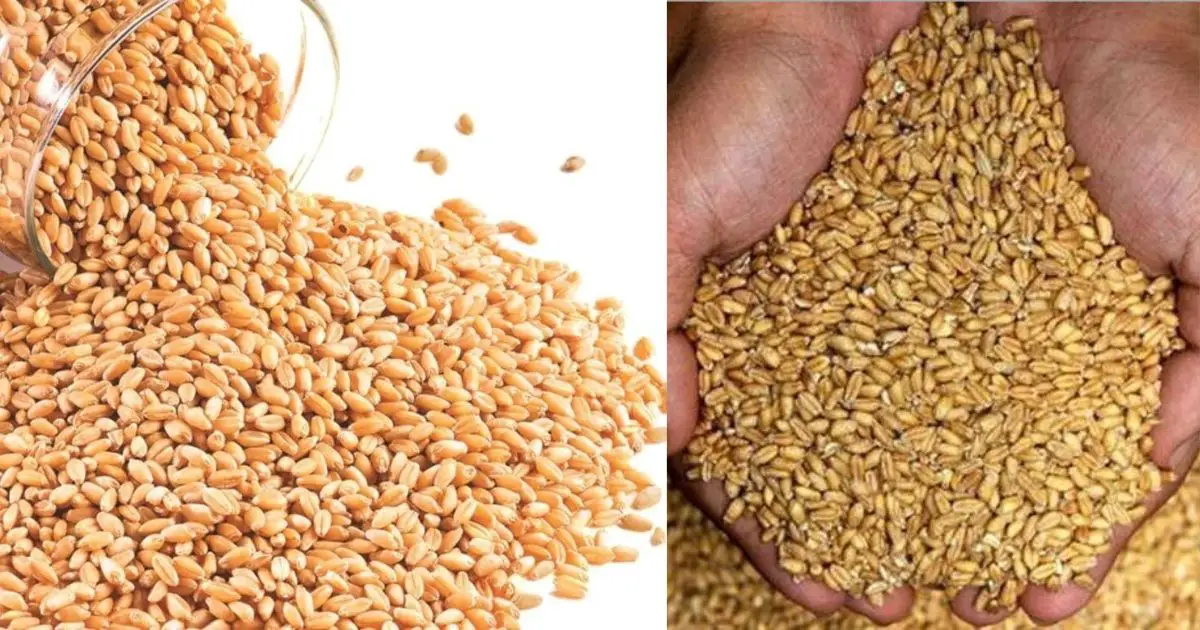This article delves into the intricate dynamics of commodity pricing in Lahore, shedding light on the factors driving fluctuations and their ramifications for consumers and the broader economic landscape.
Understanding Commodity Markets
At the heart of Lahore’s economic ecosystem lies the vibrant marketplace where grains and other essential commodities are bought and sold. These markets serve as the nexus of supply and demand, where prices are determined by a myriad of factors, including seasonal variations, international trends, and local production levels. Understanding the mechanisms of commodity markets is essential for grasping the nuances of price fluctuations and their implications for stakeholders.
Grains: The Cornerstone of Lahore’s Economy
Grains, including wheat, rice, and pulses, occupy a central place in Lahore’s economic landscape, serving as dietary staples for its populace and key ingredients in the culinary heritage of the region. The prices of these grains are closely monitored by consumers, policymakers, and traders alike, reflecting not only market dynamics but also broader socio-economic trends.
Price Trends and Patterns
On Monday, May 6, Lahore’s commodity markets witnessed a spectrum of price movements, with grains exhibiting varying degrees of volatility. Wheat, a staple crop in Pakistan, experienced a marginal increase in price, attributed to factors such as supply constraints and fluctuations in global wheat markets. Conversely, rice prices remained relatively stable, buoyed by steady demand and robust domestic production. Pulses, however, witnessed a slight decline in prices, reflecting ample supply and subdued consumer demand.
Factors Driving Price Fluctuations
The intricate interplay of supply and demand dynamics, coupled with external factors, shapes the trajectory of commodity prices in Lahore. Weather patterns, agricultural yields, government policies, and international market trends all exert influence on price fluctuations, creating a complex web of determinants that defy simplistic explanations. For instance, fluctuations in global commodity markets, such as changes in oil prices or currency exchange rates, can reverberate across Lahore’s markets, impacting prices of grains and other commodities.
Impact on Consumers and Livelihoods
The ripple effects of commodity price fluctuations extend far beyond the confines of Lahore’s markets, reverberating throughout society and impacting the lives of millions. For consumers, fluctuations in grain prices can translate into variations in the cost of living, affecting household budgets and purchasing power. Lower-income households, in particular, bear the brunt of rising food prices, as a larger share of their income is allocated towards basic necessities. Moreover, small-scale farmers and traders are vulnerable to market uncertainties, navigating the precarious balance between profitability and sustainability.
Policy Implications and Interventions
In response to the challenges posed by commodity price fluctuations, policymakers must adopt a multi-faceted approach that addresses both short-term exigencies and long-term structural issues. Short-term interventions, such as targeted subsidies and price stabilization mechanisms, can provide immediate relief to vulnerable populations facing food insecurity. However, sustainable solutions require a holistic approach that addresses underlying factors contributing to price volatility, including agricultural productivity, market infrastructure, and trade policies.
The Road Ahead: Navigating Uncertainties
As Lahore grapples with the complexities of commodity pricing, stakeholders across the spectrum must collaborate to forge a path forward that promotes economic stability, social equity, and food security. Building resilient agricultural systems, enhancing market transparency, and fostering inclusive growth are essential pillars of this endeavor. Moreover, fostering dialogue and cooperation at the local, national, and international levels is imperative for addressing the systemic challenges that underpin commodity price fluctuations.
Conclusion
The prices of grains and other commodities in Lahore on Monday, May 6, offer a window into the intricate dynamics of economic life in the city. From the bustling markets to the kitchen tables of households, commodity prices exert a profound impact on the lives of Lahore’s residents, shaping consumption patterns, livelihoods, and socio-economic dynamics. As Lahore navigates the ebbs and flows of commodity markets, the need for coordinated action and forward-looking policies has never been more pressing. In the crucible of price fluctuations lies an opportunity to forge a more resilient, equitable, and prosperous future for all.

